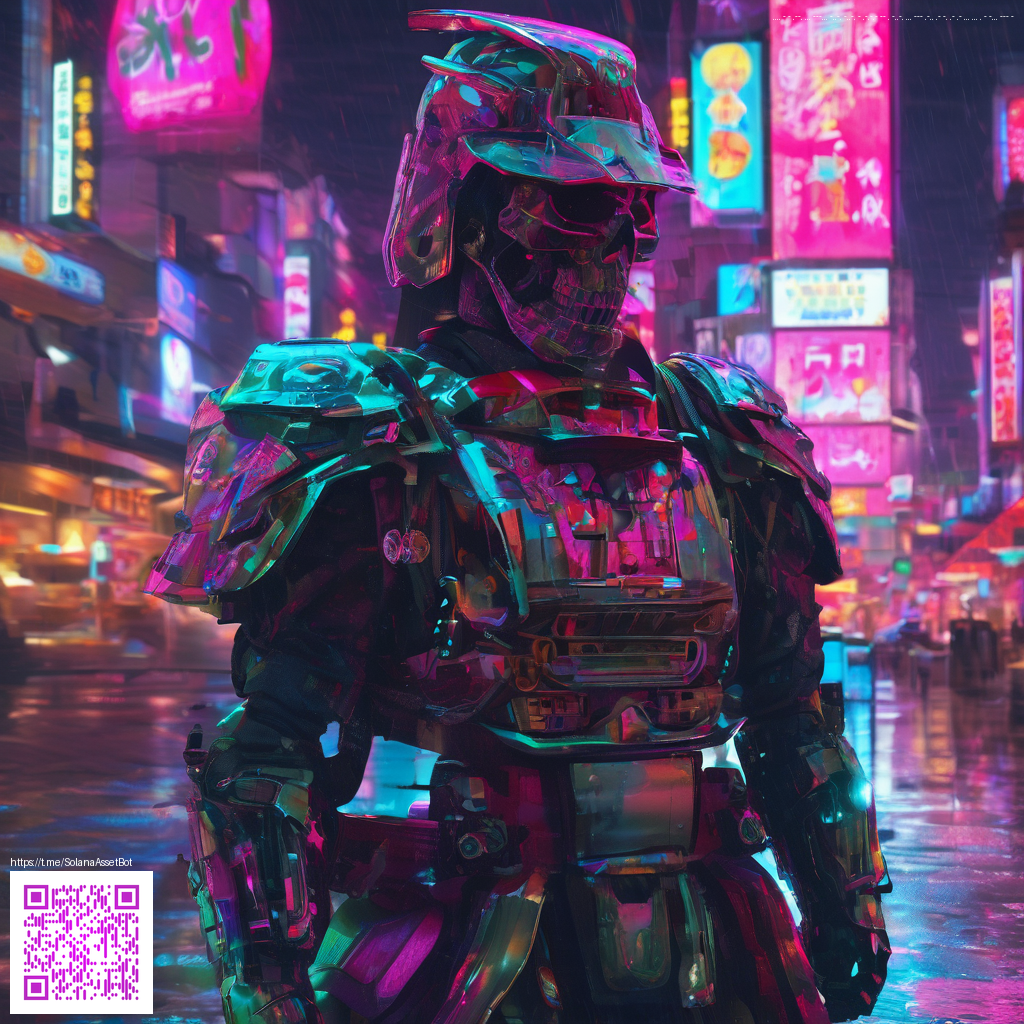
Why Minecraft Castle Maps Matter for Builders
Castle maps in Minecraft are more than just grand silhouettes on a landscape. They are laboratories for architecture, engineering, and storytelling. Builders approach these maps as three-dimensional narratives, balancing dramatic silhouettes with functional spaces. The best castles tell a story not only in their exterior walls but in how a player moves through the keep, courtyards, and hidden passages.
When you start a project, think of it as layering: a solid footprint, a strong spine (the main keep), then the arms of the fortress—gatehouses, curtain walls, and corner towers. The scale should feel earned: each tower should have a reason to exist, and each room should invite exploration rather than merely filling space. Castle maps reward patience and iteration, inviting builders to refine proportions, sightlines, and the way light threads through stone corridors.
Design elements to consider
- Proportions and symmetry: bold central axes work well, but asymmetry can create character and realism.
- Defensive features: moats, battlements, archer slits, and drawbridges add authentic rhythm to the skyline.
- Vertical rhythm: vary tower heights and turret shapes to avoid a monotonous silhouette.
- Material palette: stone bricks, cobblestone, and timber accents create contrast and texture.
- Lighting and mood: torches, lanterns, and hidden light sources influence how players perceive spaces at night or during siege scenarios.
- Interior logic: great halls, armories, kitchens, and guard rooms should feel purposeful and connected through staircases and corridors.
“A well-planned castle map invites exploration and storytelling, turning a digital fortress into an invitation to imagine who calls it home.”
Planning your build workflow
- Sketch a blueprint on paper or in a quick voxel grid to lock in the footprint and major towers.
- Block out the footprint with simple shapes to check flow and sightlines from key vantage points.
- Build towers with varied profiles to create personality at every angle of approach.
- Layer interior details—armory racks, banquet tables, throne rooms, and hidden doors add depth to the experience.
- Playtest in survival to test lighting, accessibility, and how your design performs under realistic exploration.
- Iterate based on feedback from fellow builders or your own evolving style.
For builders who love a steady rhythm in their creative sessions, a reliable desk setup can make a noticeable difference. The Neon Desk Mouse Pad helps keep your mouse glide smooth and precise during lengthy planning sessions. If you’d like to check it out, you can explore the product here.
If you’re hungry for more ideas and community-driven examples, this topic is discussed in depth on a curated page that brings together builds, tutorials, and concept art: detailed castle-map insights and showcases.
As you translate these concepts into your own Minecraft world, remember that every fortress is a dialogue between space, light, and intention. The best castle maps feel inevitable—the result of deliberate choices that guide players through a visual and tactile journey.
Similar Content
Explore related resources at: https://001-vault.zero-static.xyz/0adc568c.html